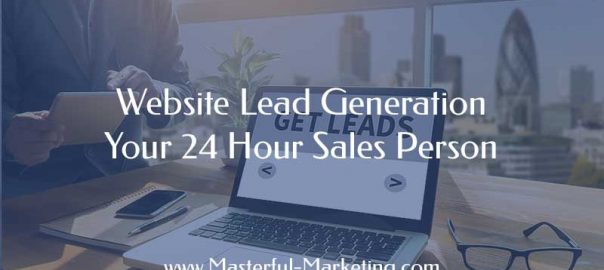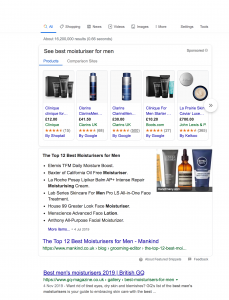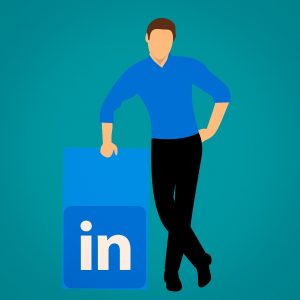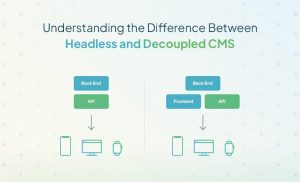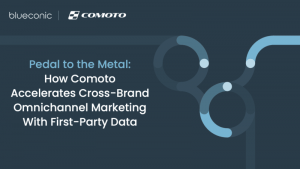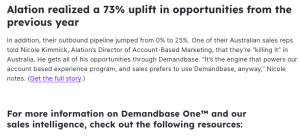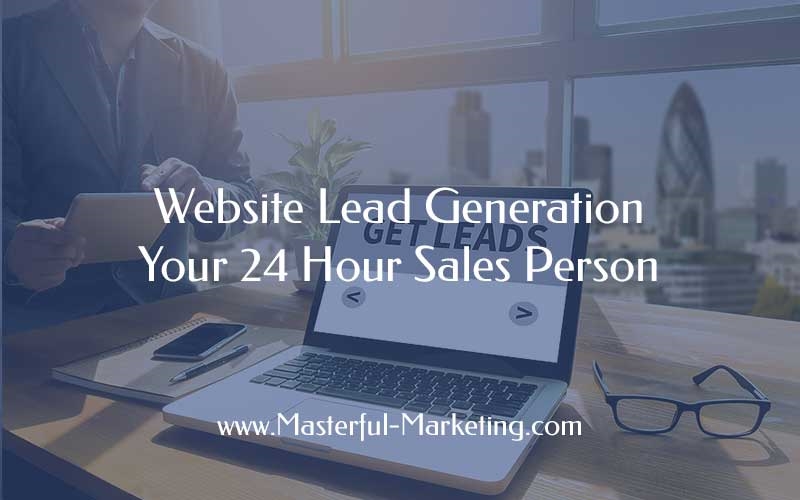
Is your website pulling its weight? As the hub of your online marketing, your website is the most important component of your web presence. The primary goal of your inbound marketing activities should be lead generation – driving more traffic to your website and then converting the traffic into leads.
But is your website working as your 24 hour sales person? Or does it just sit there making people figure out why they should contact your business?
If you are getting traffic but you aren’t seeing the quantity or quality of leads you expect, maybe it is time to take a hard look at your website. Let’s walk through it from the perspective of your ideal client to get the truth about its effectiveness. Some questions to ask:
- People visit your site for a reason – do you know what that is and do you provide them with what they need so that they are satisfied?
- Is your website fresh and modern, incorporating all the latest design best practices?
- Does your content hold their interest, making them want more?
- Is what they are looking for easy to find, viewable on any device and presented in terms they understand?
- Are you wasting their time with elements on the page that don’t add value?
- Does your homepage talk more about you or does it let the visitor know you understand their challenges
Your 24-hour sales person
Your website is your 24-hour sales person. It’s awake and working for you all the time. Even when your business is closed for the day, your website can help customers determine if they wish to work with you.
You must constantly take an objective and somewhat critical view of your website to ensure you are delivering the experience your visitor wants and expects from your business.
At a minimum, your website must include:
- A homepage that quickly lets the visitor know that you understand their needs
- Content that speaks to your visitor by showing them how you can help
- A modern design that aligns with the latest trends, projecting a consistent and powerful brand
- Visible contact forms and calls to action (CTA), encouraging lead capture
- Specific landing pages for marketing campaigns, to convert more traffic into leads
Homepage and content that speaks to your visitor
The content on your website must focus on your visitor’s needs and how you can help them better than anyone else. Let’s start with the homepage since most visitors enter there (unless you have some fantastic blog posts!)
What does your visitor see when then get to your homepage? If all the content is about you and your business, that needs to change. People need to quickly figure out what your business is about and whether your business can help them. A clear headline that lets your visitors see that you understand their challenges can stop them from hitting the back button and encourage them to find out more.
When your visitor sees that you offer a solution that aligns with their needs or desires, they will want to learn more. This is where the rest of the content on your website needs to be helpful and well-organized.
To help your visitor identify their solution with your company, you may need to have the following content readily available:
- Pages that include a well-written FAQ (frequently asked questions) and customer case studies
- Customer testimonials and reviews that speak about how you helped them solve a problem
- Blog posts that illustrate your knowledge of your industry and your client’s issues
- A lead magnet that is valuable to your prospect to entice them to sign up for your email list
Work on strengthening your content on your website and reorganize it for easy access. This will help your visitor know they have found the right solution for their needs.
Modern design
It is very obvious when a website hasn’t had a design update in a while. Web design, like other creative industries, changes rapidly. Building your website in WordPress, however, makes it easier for you to update the design without disturbing your content.
The following are simply must-have features for your website.
Mobile responsive design
Google is now using mobile first indexing for all new websites and transitioning to it for older sites. Mobile-first indexing means Google predominantly uses the mobile version of the content for indexing and ranking. Responsive design enables you to get the benefits of supporting all devices from one website, serving the same content to all devices. Google recommends responsive design because it is the easiest to implement and maintain.
Flat design
Creating a better user experience is high on the list of web design. Using a flat design can help a website provide a better experience for your visitors.
Flat design is a design philosophy that takes a minimalistic approach to design. It recommends that you remove anything that creates the illusion of three-dimensions, such as beveled edges, gradients, drop shadows, and reflections.
Flat design helps improve user experience on websites and apps and can lead to better engagement and conversions. This modern, up-to-date look eliminates distractions and improves readability.
Simple layout
A minimalist layout removes unnecessary elements and showcases your content. Simple doesn’t mean boring. Before you put something else on a page, ask if it enhances the user experience. If not, remove it. Not only will you make your website more appealing, you may also speed up your page load.
Better typography
With the number of fonts available today from Google fonts, Websites are no longer restricted to web safe fonts. With Google fonts and CSS3 @font-face, you can select from a wider variety, making your headers more eye-catching. However, don’t go crazy with too many fonts. Not only will your design look too busy, too many fonts can also slow down the loading of your web pages.
Faster load times
We all have become much more impatient with the speed of our devices. When your website loads slowly, you are more likely to lose your visitor. No one wants to wait for a huge image, video or slideshow to load. The faster the page load time, the better the user experience. An improved user experience translates into higher conversions and more revenue. Give the people what they want. People want and need a fast online user experience.
And in the not so distant future, Google’s core web vitals will be the next important ranking factor.
Visible forms and calls to action
Websites without a contact form says you don’t want to hear from people. People searching for solutions want to contact you when they are available, not when you are. Make it easy by having forms on all service pages so visitors can send in a request or question immediately. I’ve seen inbound leads increase substantially by simply adding a highly visible contact form.
Now combine a form with a CTA (call to action) incentive to increase your inbound leads even more. A CTA refers to active copy that entices a user to take action. Be specific and clear about what you want them to do rather than leaving it up to chance. The obvious CTAs are “register for this seminar”, “subscribe to our newsletter”, “buy now” or “add to shopping cart”.
Other more subtle or non-invasive calls to action are those used to move the visitor through the site on an information gathering process. Hyperlinks that help the visitor walk through a set of pages, next and back buttons or hyperlinked phrases such as “read our success story” are all types of calls to action that get your visitor to stay at your site longer.
Landing pages for specific campaigns
A landing page is any web page that a visitor can arrive at or “land” on, including your homepage. However, when spending marketing dollars, you should always direct visitors to a specific landing page that has been designed for a single focused objective. Driving online advertising, such as pay-per-click or sponsored posts, to your homepage is a waste of money.
Send the person to a page that explains the offer in more detail and directs them on what they need to do. Lead generation landing pages objective is to capture user information in return for an incentive and to give you permission to connect with the prospect again. Types of incentives include valuable content that is relevant to your target audience, such as an ebook, webinar registration or white paper.
Online lead generation – Make your website sell
If you aren’t converting website visitors into leads, you need to review all the pieces – target audience, offer, landing page, forms, creative and copy – to find out why. Make sure you are not putting up unnecessary roadblocks that eliminate key opportunities to convey your message, relate to clients and get your visitors to take action.
Your website can generate more leads and be a better marketing tool for your business. Nothing is better than having someone find your website, review what you offer, convert into a lead and then become a customer.
How is your website generating leads and selling for your business?
Digital & Social Articles on Business 2 Community
(28)
Report Post